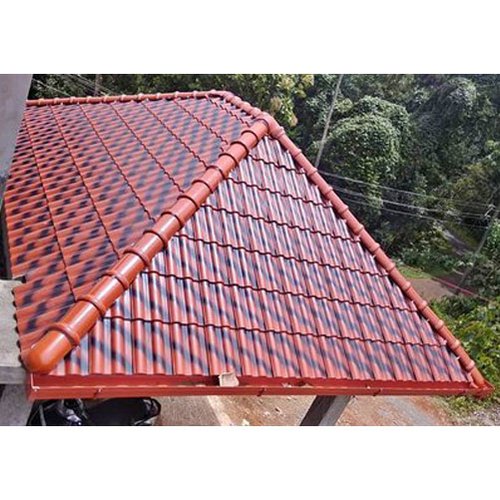When considering roof replacement options for historic buildings, preservationists and architects face a delicate balance between maintaining the structure’s historical integrity and ensuring its longevity and functionality for future generations. One of the primary challenges is finding materials and techniques that replicate the original appearance while meeting modern standards of durability and energy efficiency. Traditional materials like slate, clay tiles, wood shingles, and copper have been used for centuries and often contribute to a building’s historic charm. However, sourcing these materials can be costly and environmentally challenging. Additionally, modern alternatives such as asphalt shingles or metal roofing may be more affordable and easier to install, but they can detract from the building’s historical authenticity. Preservationists often turn to specialized artisans and contractors who have experience working with historic structures. These professionals understand the unique challenges posed by older buildings and can offer valuable insights into the best approach for roof replacement.

They may recommend techniques such as hand-cutting shingles or tiles to match the original design, or using reclaimed materials salvaged from other historic properties and wants more information Click Here. Another crucial consideration in roof replacement for historic buildings is compliance with local preservation ordinances and regulations. Many municipalities have strict guidelines governing alterations to historic structures, including requirements for materials, colors, and architectural details. Working closely with preservation boards and historic commissions is essential to ensure that any proposed roof replacement meets these standards while still addressing practical concerns like structural stability and weatherproofing. In some cases, a partial roof replacement may be sufficient to address immediate issues while preserving as much of the original material as possible. This approach allows for careful assessment of the existing roof’s condition and identification of areas in need of repair or reinforcement.
It also provides an opportunity to integrate modern technologies, such as waterproof membranes or insulation, without compromising the building’s historical character. When a full roof replacement is necessary, careful documentation and preservation of the original materials are essential. Historic roof tiles, shingles, or other components should be cataloged, removed with care, and stored for potential reuse or replication. This process ensures that the building’s historical fabric is preserved for future generations to appreciate. Ultimately, the goal of roof replacement for historic buildings is to balance preservation with practicality, sustainability, and safety. By carefully selecting materials, collaborating with knowledgeable professionals, and adhering to preservation guidelines, it is possible to extend the life of these architectural treasures while honoring their unique heritage. The result is a roof that not only protects the building from the elements but also tells a story of artisanship, tradition, and enduring beauty.
